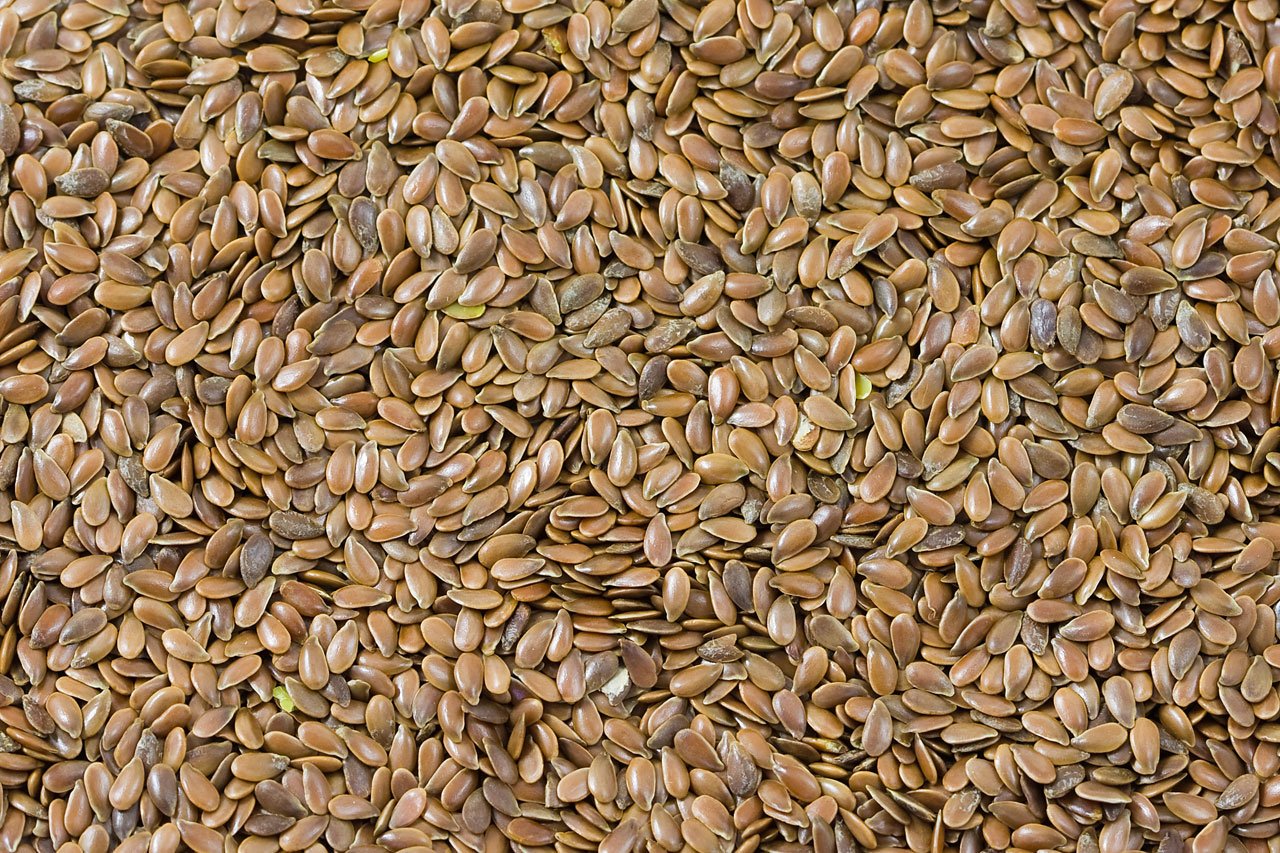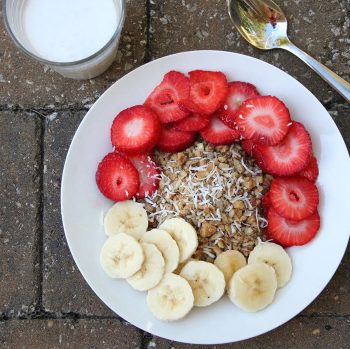What are Omega 3’s? Is this a supplement that I need? What about my children?
Omega 3 fatty acids are long chain essential fatty acids that are found in foods that we consume occasionally. One source of Omega 3’s are found in flaxseed. An even longer chain fatty acids are called DHA (docosahexaenoic) and EPA (eicosapentaenoic). We will refer to these fatty acids as DHA & EPA. Our bodies do not naturally produce these essential fatty acids. We must consume adequate amounts of them through supplementation or our food supply.
As anything else in the health realm, quality matters. Some fish that we consume contains high levels of mercury. It would be more dangerous to eat Tuna with high levels of mercury that would do the body good for the essential fatty acids. We need to be careful with the supplementation by checking to see if the manufacturer uses pesticides or PCB residues (polychlorinated biphenyls).
Consuming Omega 3’s have been found to reduce the risk of pre-eclampsia in pregnant women, lower the risk of preterm birth, and low birth weight. Omega 3’s also are said to improve fetal brain development by reducing the risk of cerebral palsy and post partum depression.
In young children Omega 3’s are known to support brain development as well as eye health (retina).
According to Dr. Blaylock, research is finding that Omega’s are beneficial for young children as well as aging adults. In patients of all ages Omega 3’s support cognitive and neurological health.
They are known to reduce chronic inflammation such as autoimmune disease, decrease coronary artery disease, improve blood flow and aid in improving vision.
DHA deficiency has been linked to many psychiatric disorders.
The evidence suggests that Omega 3’s may support age-related memory loss and aid in the reduction of Alzheimers.
Choose Omega-3 fatty acids from wild caught fish like Salmon regularly.
2. If you choose to supplement, use only a high quality supplement and ask questions to find out if they are pesticide free and free of PCB’s.
3. Take the daily recommended amount. The brand our family trusts is here.
Our family has chosen to supplement for our small children as well as ourselves. We can tell a difference especially with our children that have developmental delays. I wish that I had this information when I was expecting my daughter 19 years ago. I might not have had the pre-eclampsia and preterm birth with that pregnancy. Hind sight is 20/20, I am very thankful for the knowledge that I’ve learned so that I can pass it on to others.
To your brain health,
Healthy Living Chick


I am a health coach, mom, and wife. I am not a physician or medical health professional. Any of the information shared in this blog (text, graphics, images and other material) is based on my research and personal experience. I write this blog to inform and encourage people with their health; however, none of my posts should serve as a substitute for professional medical advice, diagnosis or treatment. Consult your physician before launching any new health care regimen.




